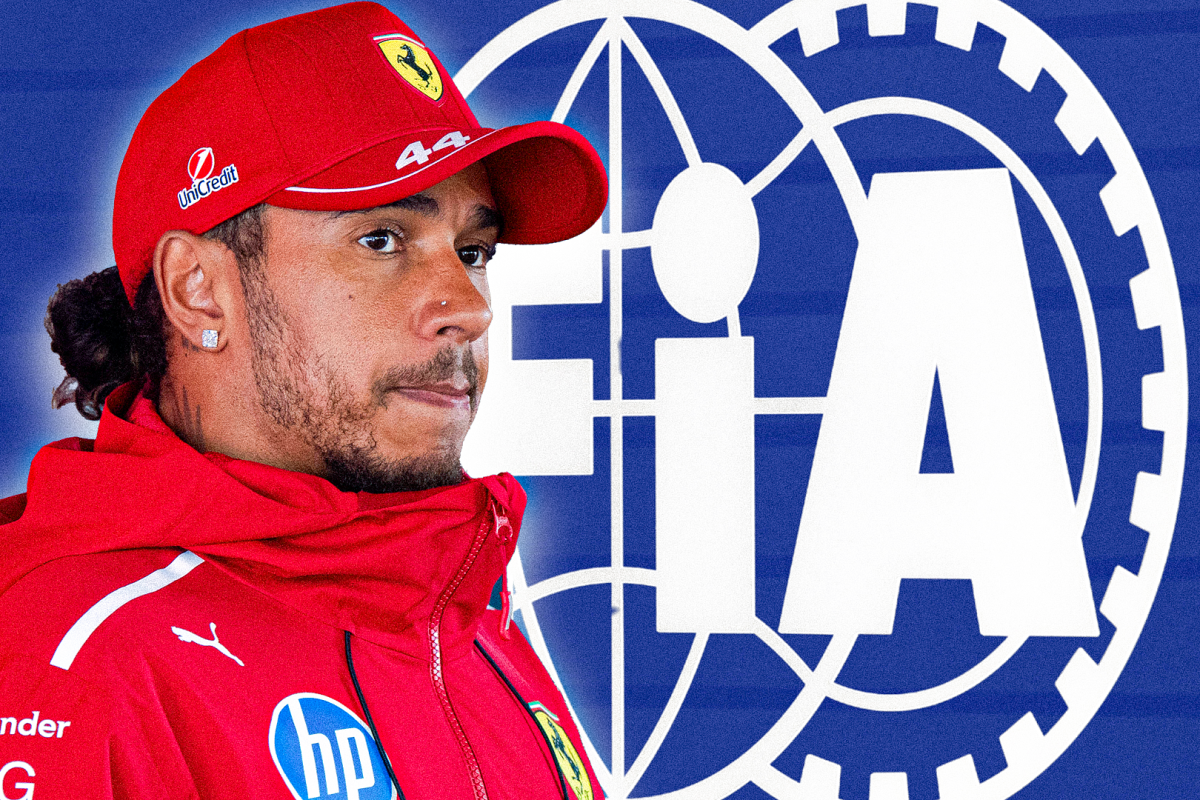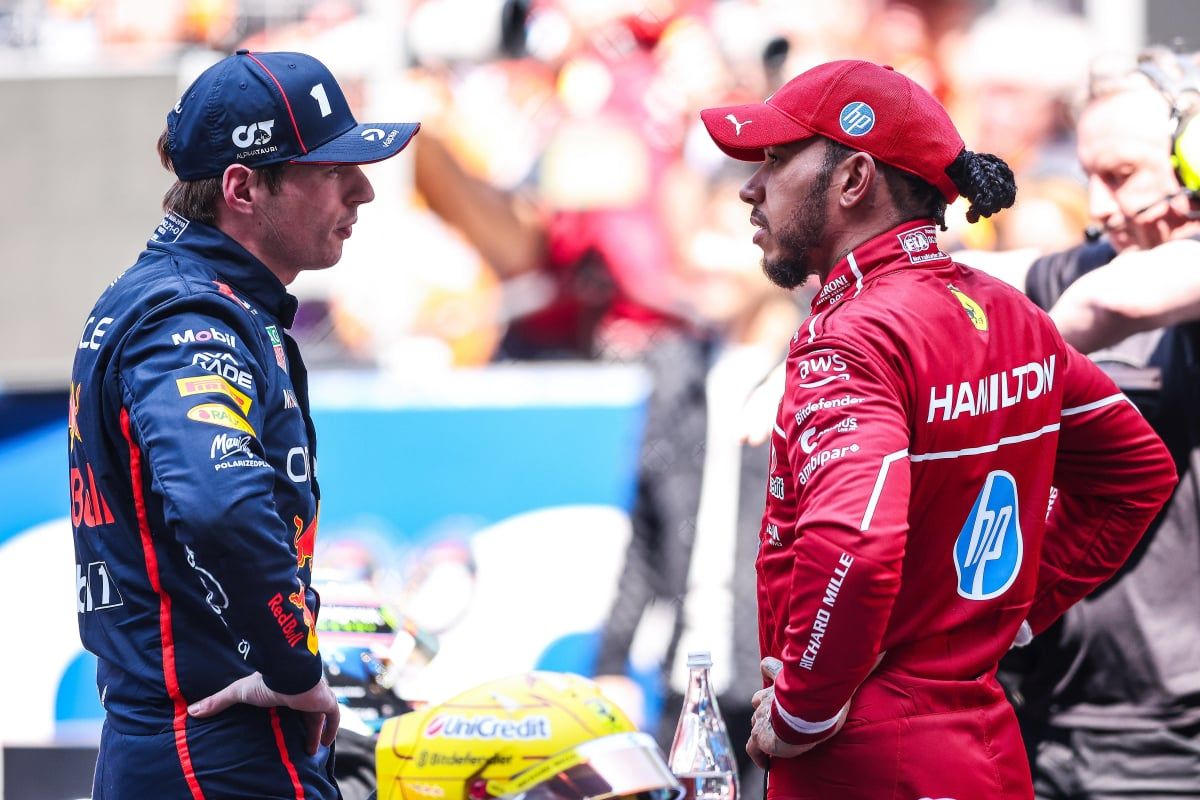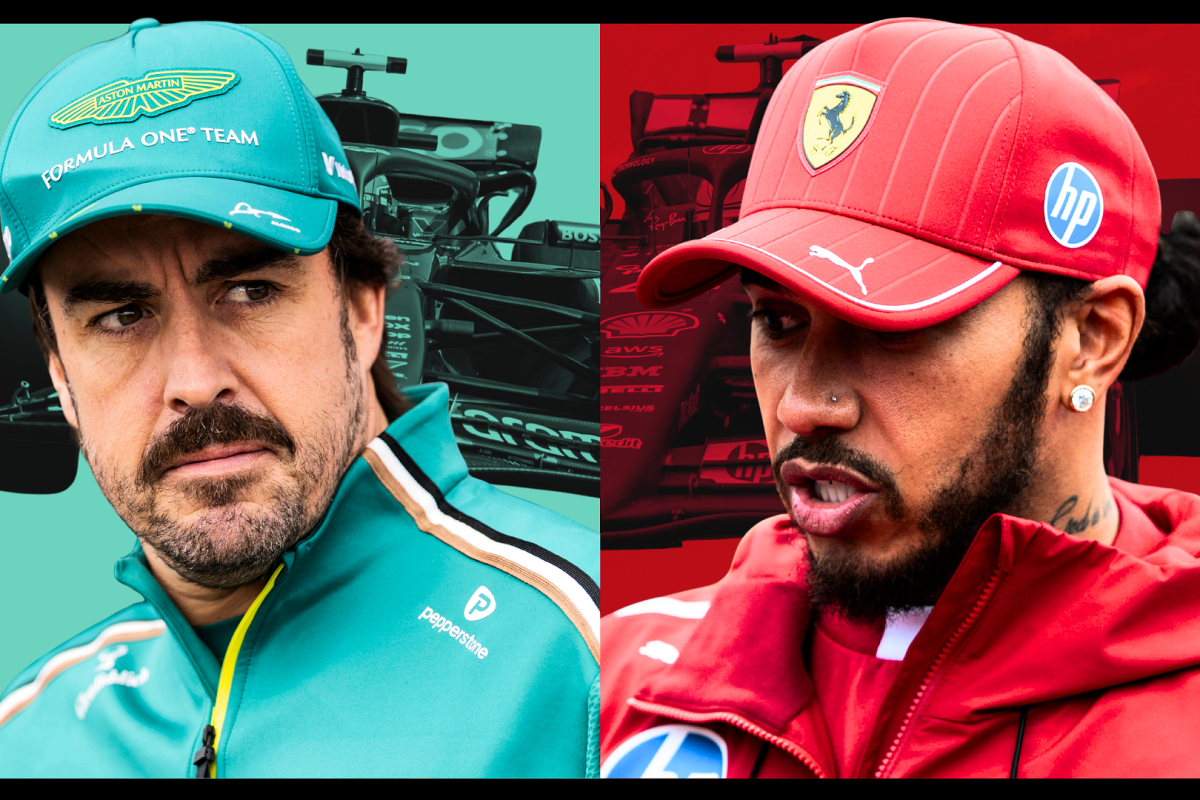Max Verstappen telemetry data shows new clear evidence in Piastri battle following…..read more
Fresh analysis of telemetry data from the Saudi Arabian Grand Prix has shed new light on the controversial battle between Max Verstappen and Oscar Piastri at the first corner. Former Formula 1 driver Jolyon Palmer has closely examined the incident and believes that Verstappen was never going to make the corner cleanly—regardless of Piastri’s presence.
At the start of the race in Jeddah, Verstappen, who had secured pole position by just one-hundredth of a second ahead of McLaren’s Piastri, found himself under immediate pressure. Despite starting first, the Red Bull driver was outpaced off the line by Piastri, who surged forward and pulled alongside him heading into Turn 1.
According to Palmer, telemetry from Verstappen’s car shows that he approached Turn 1 at a higher speed than during his pole lap in qualifying—a clear sign that he was taking a “Hail Mary” approach in order to keep the lead. Palmer described it as characteristic of Verstappen’s racing style, saying, “It’s a kind of typical Max Verstappen approach—maximum attack, even if the odds are against him.”
As the two cars approached the first corner, Piastri had the inside line and was slightly ahead, with his front wheels reaching up to Verstappen’s mirrors. Under racing rules, this position gave Piastri the right to the corner, and he was not obligated to yield space to the Red Bull driver.
Despite being out-positioned, Verstappen opted to stay alongside Piastri, refusing to back down. Instead of making the corner through the track limits, Verstappen took to the runoff area, bypassing Turn 1 and rejoining the circuit ahead of the McLaren to retake the lead.
This move immediately sparked controversy. Over the team radios, Piastri voiced his frustration, saying, “He needs to give that back.” Verstappen responded, claiming, “He just pushed me off.” Piastri countered, insisting that Verstappen “was never going to make the corner whether I was there or not.”
Palmer’s assessment supports Piastri’s argument. He emphasized that Verstappen’s entry speed into the turn was greater than during his own qualifying lap, which suggests he wouldn’t have made the corner even if Piastri had not been there. The former F1 driver likened Verstappen’s maneuver to an all-or-nothing gamble to preserve track position, rather than a calculated move with a reasonable chance of succeeding within the track limits.
The race stewards reviewed the incident and ultimately agreed with Piastri’s interpretation. Verstappen was handed a five-second time penalty for leaving the track and gaining a lasting advantage. While he still finished the race strongly, the penalty was a rare rebuke for a driver often praised for his aggressive and effective racecraft.
The situation highlighted the fine line between assertive driving and rule-breaking. Verstappen’s initial defense—arguing that he was forced off—was undermined by both the telemetry data and Piastri’s rightful positioning on the track. The stewards’ decision reinforced the principle that even championship-caliber drivers must respect racing etiquette and corner rights, especially in high-stakes starts.
In the broader context, the Turn 1 incident has sparked discussion among fans and analysts about racing conduct and consistency in stewarding decisions. Palmer’s breakdown serves as an insightful example of how data can offer objective clarity in otherwise subjective disputes.
For Piastri, the incident was a moment that showcased his rapid growth as a racer and his ability to challenge top-tier drivers. Though he was ultimately overtaken, the initial battle—and the post-race vindication—underscored his rising status in the sport.
Meanwhile, Verstappen’s aggressive tactics, though thrilling to watch, once again ignited debates about his risk-reward calculus in tight racing scenarios. While his relentless pursuit of victory is part of what makes him a dominant force in Formula 1, this episode proved that even he is not immune to overstepping the bounds.



